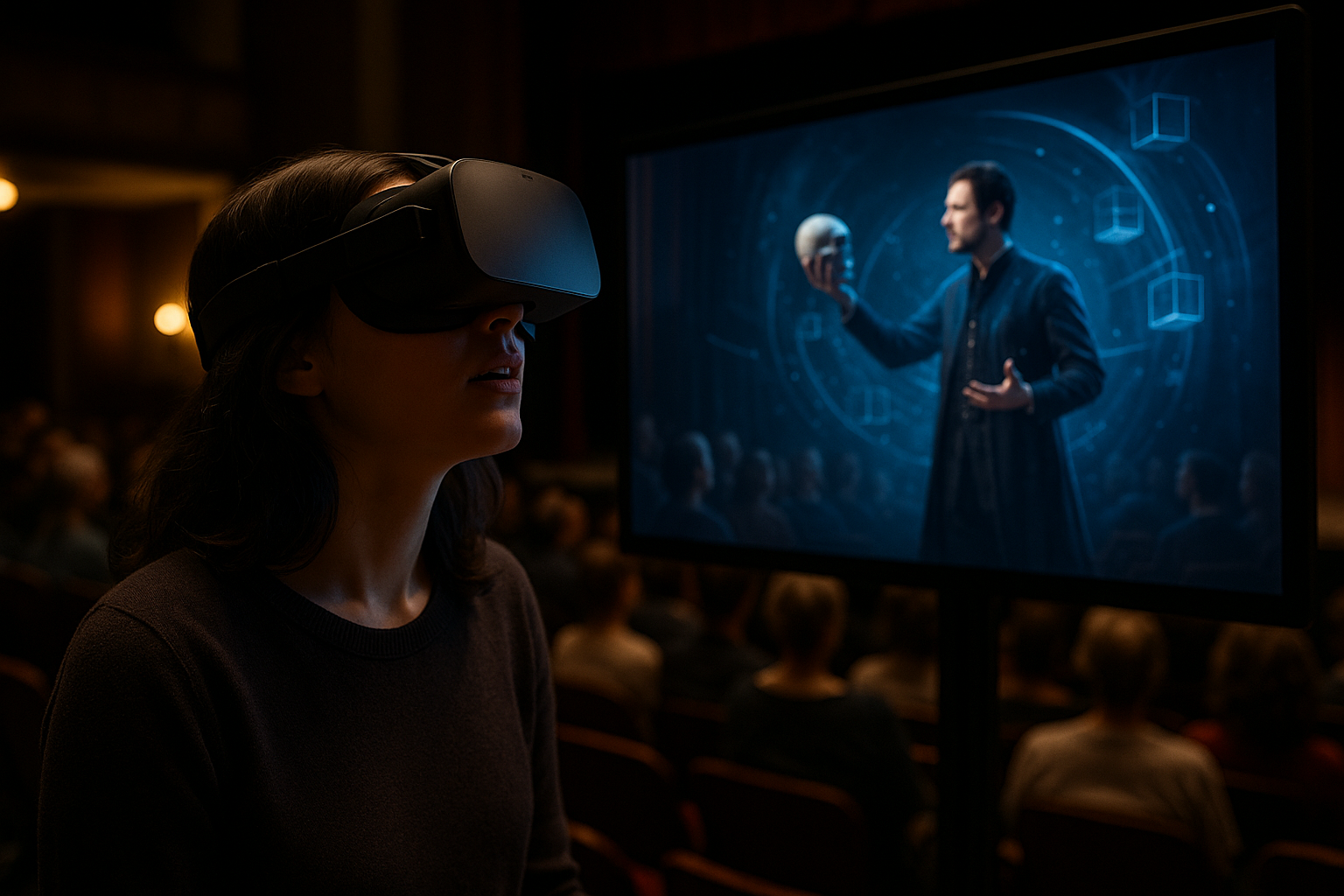How Independent Creators Are Reshaping Global Cultural Scenes
Independent creators are changing how culture is made and shared across the world. From small theatre troupes to solo filmmakers and musicians using streaming platforms, this article examines shifts in production, presentation, and audience engagement that influence exhibitions, festivals, and touring practices.

Independent creators—from solo artists to small collectives—are reshaping cultural scenes by finding new routes to audiences, experimenting with curation and multimedia formats, and collaborating across borders. These makers frequently work outside institutional structures, using digital tools, local networks, and alternative venues to stage performance, exhibition, film, and music projects. That shift affects promotion strategies, audience expectations, and how festivals and touring circuits think about programming and access. The result is a more distributed cultural ecosystem in which creative control, experimentation, and community relevance often matter as much as scale or commercial backing.
Culture and local scenes
Independent creators often ground their practice in local culture while speaking to wider concerns. They curate exhibitions in community spaces, activate public sites with performance, and organize pop-up festivals that foreground local histories and voices. Rather than relying solely on major institutions, creators use digital tools and social platforms to circulate work and gather audiences, encouraging participation and feedback that reshapes programming. This localized approach can strengthen cultural ecosystems in your area by building persistent networks of artists, venues, and supporters who share resources and know-how.
Theatre and experimental performance
In theatre, independent companies and solo performers explore intimate, adaptive formats that respond to diverse audiences. Experimental performance often embraces multimedia, site-specific staging, and collaboration across disciplines—mixing live acting, projection, and interactive elements. Smaller scale touring and co-production models help sustain these projects: creators tour to festivals, theaters, and community venues, testing work with different audiences and refining promotion strategies that emphasize storytelling and direct engagement rather than mass advertising.
Film and streaming distribution
Independent filmmakers are diversifying distribution channels through festivals, curated online platforms, and self-distribution via streaming. This model enables niche documentaries, experimental shorts, and low-budget features to find engaged viewers without traditional studio support. Curation—by festivals, microcinemas, and streaming services focused on independent cinema—helps match films with receptive audiences, while social media and targeted promotion amplify reach. These approaches influence how films travel, how filmmakers plan touring schedules, and how audiences discover new voices.
Music, touring, and festivals
Musicians working independently use a mix of live performance, streaming, and curated festival slots to build careers. Small promoters and DIY venues remain vital for performance development, while digital platforms help artists share recordings and multimedia projects. Touring models have become more flexible: regional circuits, cross-border collaborations, and festival programming that prioritizes diverse lineups create opportunities for independent musicians to connect with new audiences. Promotion increasingly combines grassroots outreach with data-informed streaming strategies to shape sustainable touring patterns.
Exhibition curation and multimedia projects
Creators in visual arts and multimedia are rethinking exhibition formats, often blending physical displays with digital layers such as AR, video, or online catalogues. Independent curators and artist-run spaces experiment with thematic shows and collaborative installations that foreground process as much as finished objects. These practices expand what ‘exhibition’ means for audiences, enabling participatory experiences and extending reach through streaming or virtual viewing rooms. Collaboration between artists, technologists, and local institutions can produce hybrid presentations that travel differently than traditional gallery shows.
Collaboration, promotion, and audience engagement
Collaboration underpins many independent initiatives: cross-disciplinary teams pool skills in curation, production, and promotion to realize projects. Promotion today blends earned media, community outreach, and digital marketing; creators test content formats across platforms to learn what resonates. Audience relationships are increasingly dialogic—feedback loops via social channels, interactive performances, and community events help shape future programming. These dynamics influence touring decisions, festival curation, and how cultural producers measure impact beyond box office numbers.
Independent creators are expanding the definitions of culture, performance, and exhibition by leveraging digital tools, rethinking touring and promotion, and forging collaborative networks. Their practices introduce new pathways for audiences to engage with film, music, theatre, and multimedia projects while prompting festivals, galleries, and venues to adapt. This diversification does not erase larger institutions but complements them, creating a more varied and resilient global cultural landscape.





